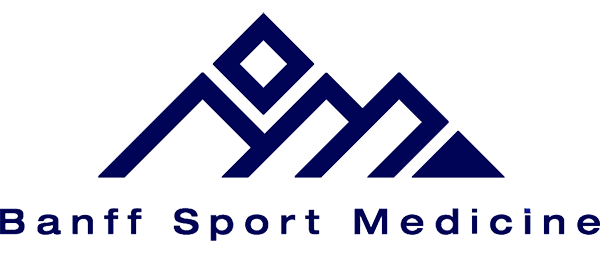Training for Healthy Knees and an Injury-Free Ski Season
Did you know that injury to your lower body is the most common type of injury sustained on the ski hill? And that the majority of these are knee injuries?
In 2021, the orthopaedic surgeons at BSM carried out 385 ACL reconstructions with 40% of these due to injuries that happened on the ski hill!
Learn more about the basics of ACL injury here
Learn more about how ACL injuries can occur while skiing or snowboarding
Don’t become a statistic!
BSM’s Lead Physiotherapist, Jacob Carter, provides a few tips on training for healthy knees and an injury-free ski season.
General loading principles to abide by:
Mobility and Strength
Work on joint mobility and muscle flexibility, while building a base level of fitness.
Spend at least 1 month in this phase before doing any jumping / plyometric exercises. Being able to squat and deadlift your own body weight with good form, is a great goal (and minimum requirement by athletic standards) for controlling your body in dynamic and variable conditions.
As your knees allow, move into exercises including lunges, step ups, single leg squats, and Bulgarian split squats.
For all lower body strengthening exercises, focus on engaging the glutes and hamstrings (not just quad focused). Ensure your knees stay in neutral alignment (not allowing them to collapse inwards).
Plyometrics
Introduce plyometric exercises at least 3 weeks before the start of your ski season.
Find the level which challenges you to complete 3 sets of 30 seconds (with 3 minute breaks in between sets) and gradually progress.
A reasonable list of plyometric exercises (from basic to advanced) include:
Two Leg Focused Exercises
Hopping (forward/backwards, side to side, diagonals)
Squat Jumps
Burpees (with jump)
Box Jumps
Lateral Box Jump Overs (side to side)
Hurdle Bounds
Single Leg Focused Exercises
Ski Hops
Jumping Lunge
Single Leg Hopping (forward/backwards, side to side, diagonals)
Single Leg Hopping (through cones or agility ladder)
Single Leg Hurdle Bounds
Perfecting Your Technique
During the early part of the ski season, spend the first few ski days working on your technique.
Perhaps some pointers from your friends or a ski instructor would be helpful?
Remember that strength and, more importantly, technique are to blame for most ski injuries.
Pre-Season Stoke
Now is the time to make a game plan. If you are excited for ski season, let this fuel your training!
Any level of commitment to pre-season strengthening is better than nothing! The ideal goal would be to get into the gym 3 times a week for strength training, but start with whatever you can commit to.
If you currently have pain, and aren’t sure where to start, make an appointment with one of our team.
Expert Contributor
JACOB CARTER, LEAD



